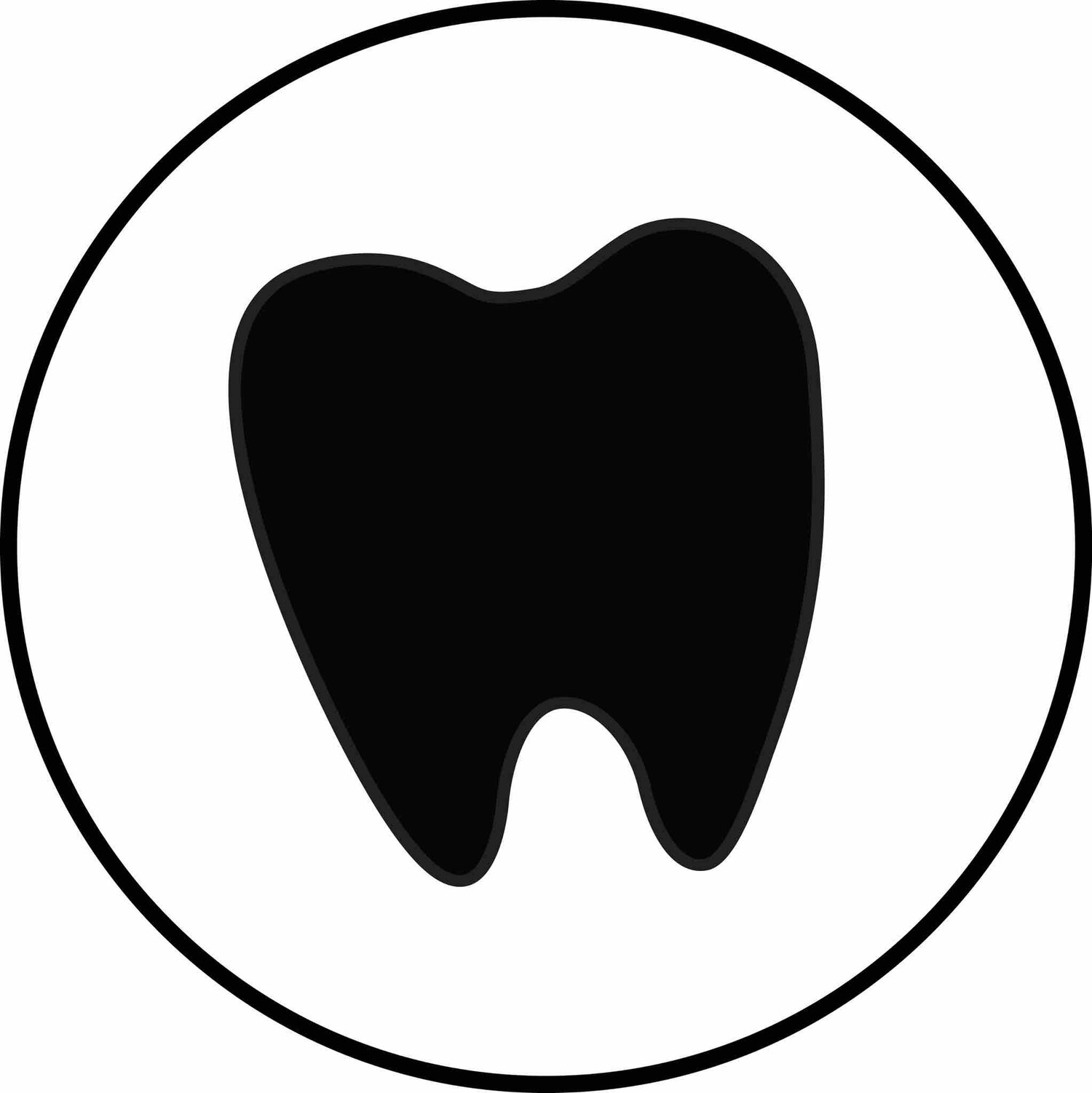Does the Pace You Move the Power Scaler Matter?
Slow down to speed up. Pace matters when it comes to being efficient with power scalers.
I recently recorded myself using the power scaler. If I had been grading myself I’d have taken points for going too fast. I think we all get excited to knock off all the big pieces before we have completed the area prior. Pace is important when it comes to power scaling. The pace at which the power scaler is applied plays a critical role in ensuring effective plaque removal while minimizing damage to tooth surfaces. The general recommendation is to maintain a slow, deliberate pace to allow the ultrasonic vibrations to break down plaque and calculus efficiently. Moving the scaler too quickly can result in missed areas and ineffective cleaning, as the vibrations need time to dislodge the deposits. A slow and steady pace ensures thorough coverage and better patient outcomes.
Two key techniques for optimizing the use of an ultrasonic scaler are channeling and the use of short overlapping strokes. Channeling involves methodically guiding the scaler along the tooth surfaces in a systematic manner, ensuring that each area is treated thoroughly. This technique helps to prevent over-application in certain areas while missing others, leading to a more uniform cleaning process. Short overlapping strokes are another essential aspect of effective ultrasonic scaling. By using small, controlled movements that overlap slightly, the clinician can ensure that every part of the tooth surface is adequately treated. This technique reduces the likelihood of leaving behind plaque or calculus, enhancing the overall effectiveness of the procedure.
Research has shown that these techniques, combined with a slow pace, significantly improve clinical outcomes. A study by Eberhard et al. (2015) found that using short, overlapping strokes with an ultrasonic scaler leads to more effective plaque disruption and a more thorough cleaning process. Another study by Dragoo (1992) highlighted the importance of a systematic approach, such as channeling, in ensuring comprehensive debridement, particularly in hard-to-reach areas like interproximal spaces. These studies underscore the importance of technique and pacing in maximizing the effectiveness of ultrasonic scaling. Check out channeling and overlapping strokes in our latest video:
Happy Preventing Shelley Brown, MEd, BSDH, RDH, FADHA
References
Dragoo, M. R. (1992). A clinical evaluation of hand and ultrasonic instruments on subgingival debridement. International Journal of Periodontics & Restorative Dentistry, 12(4), 310-323.
Eberhard, J., Ehlers, H., Falk, W., Acil, Y., & Albers, H. K. (2015). Ultrasonic debridement with different irrigation fluids influences clinical outcomes in chronic periodontitis patients: A randomized controlled trial. Journal of Clinical Periodontology, 42(10), 958-967. https://doi.org/10.1111/jcpe.12456
References
Dragoo, M. R. (1992). A clinical evaluation of hand and ultrasonic instruments on subgingival debridement. International Journal of Periodontics & Restorative Dentistry, 12(4), 310-323.
Eberhard, J., Ehlers, H., Falk, W., Acil, Y., & Albers, H. K. (2015). Ultrasonic debridement with different irrigation fluids influences clinical outcomes in chronic periodontitis patients: A randomized controlled trial. Journal of Clinical Periodontology, 42(10), 958-967. https://doi.org/10.1111/jcpe.12456
The Dental Hygiene Scoop- 5 Cool Things You May Have Missed This Month
Here is the scoop on all things dental hygiene that you may have missed.
1. Check out THIS new chart about tasks that hygienists are allowed to perform in each state.
I think I need to move to Colorado.
2. Want to know how much to ask for in that next raise? Read THIS, from Modern Hygienist about the latest hourly rates for hygienists.
3. Learn more HERE about a new way to treat caries with silver diamine fluoride.
I think it is a miracle product!!!!
4. HERE as a unique article from RDH magazine about bed bugs in the office.
How is that even possible, bed bugs, YUCK!
5. Read THIS hilarious story of a dentist who changed his last name to "Better" so that he could keep the name of his practice, “Better Dental.”
I am considering changing my name to Shelley Best. So I can someday call my practice Best Dental Hygiene. HA



